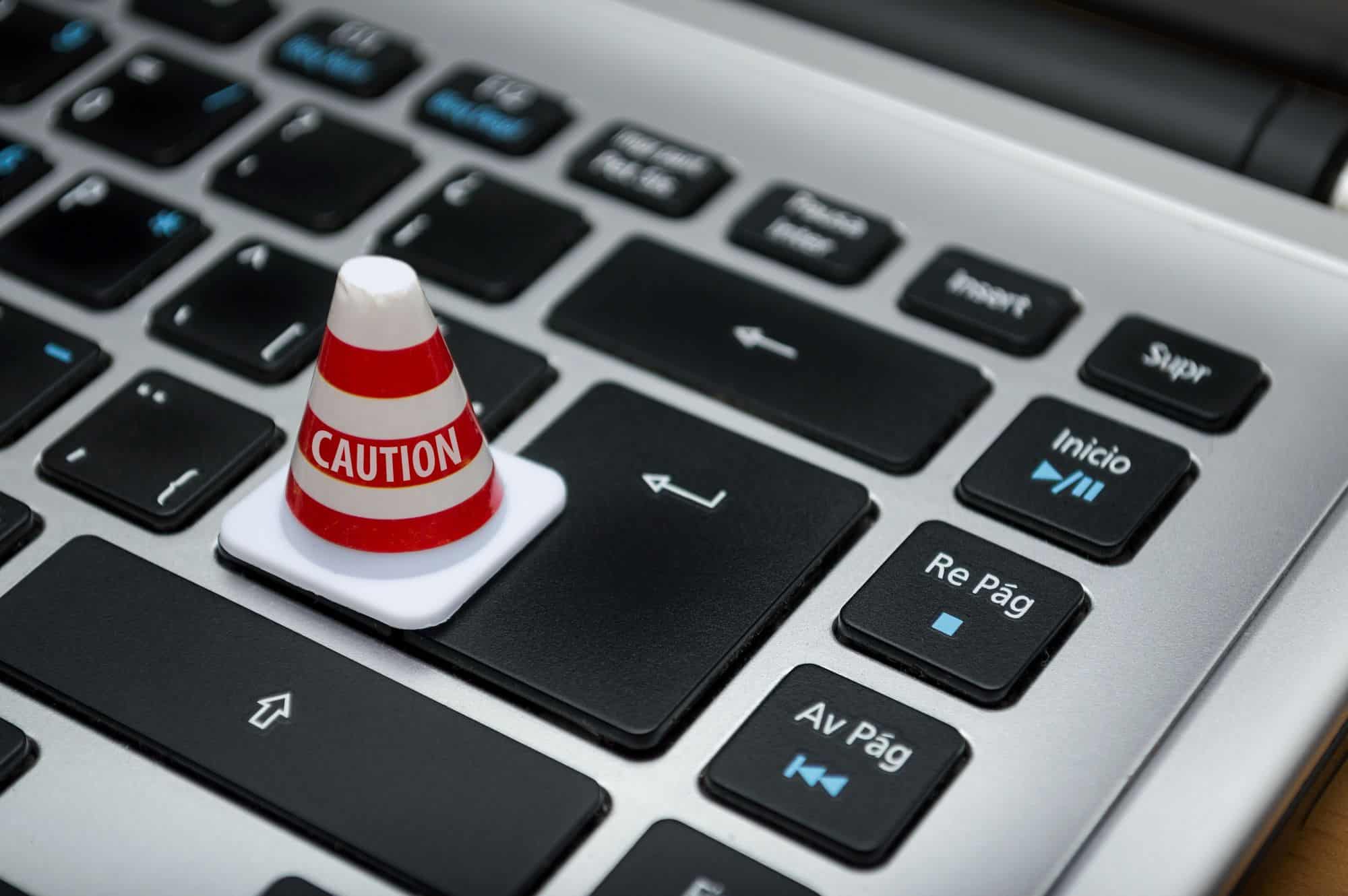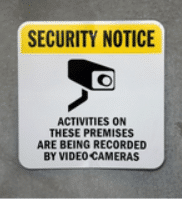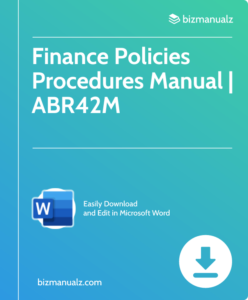What Types of Internal Controls are There?

Internal controls are vital for safeguarding and organization’s assets and its financial integrity. They include processes, policies, and procedures for reducing risks and promoting compliance. They give management and stakeholders assurance that financial reporting and operations are reliable. What types of internal controls are there?
Types of Internal Controls
To meet objectives, organizations use different types of internal controls. These are: preventive, detective, corrective, directive, and compensatory. Preventive controls stop errors or irregularities before they happen. Detective controls detect them after they occur. Corrective controls fix them and prevent recurrence.
Directive controls set procedures and guidelines for employees to follow, making sure everyone follows organizational policies. Compensatory controls are backups in case primary control measures fail or are ignored. A mix of these controls will strengthen internal control systems and make operations more efficient.
Examples of internal control show the importance of internal controls. A Corporation didn’t implement good expense reimbursement controls. Employees submitted fraudulent claims, leading to financial losses. An anonymous tip revealed the scheme. This showed the need to review controls and address weaknesses quickly.
Enron is a famous example of bad internal controls. Top executives manipulated financial statements and fooled investors by hiding debt in complex transactions. This scandal changed corporate governance laws and showed how essential strong internal controls are.
Internal controls protect against fraud, ensure accurate financial reporting, promote operational efficiency, and keep stakeholders’ trust. By understanding types of controls and learning from stories, organizations can strengthen their control environments and decrease potential risks.
Let’s make a table to have a clear overview of the types of internal controls:
| Control Type | Description |
|---|---|
| Preventive | Prevents errors or irregularities from happening. |
| Detective | Identifies and detects errors or irregularities after they happened. |
| Corrective | Corrects errors or irregularities that have been detected. |
| Directive | Gives instructions, policies, and procedures to guide employees’ actions. |
| IT General | Takes care of technology systems and infrastructure within and organization. |
| Application | Focuses on software applications used in the organization. |
Plus, there are compensating controls to act as back-up when primary controls are not possible. Here are some tips to strengthen internal controls:
- Regular Audits: Perform audits by and independent party to find weaknesses or gaps in existing control measures.
- Segregation of Duties: Assign separate people to authorize transactions, record them, and reconcile accounts to reduce fraud risks.
- Employee Training: Give comprehensive training to make sure employees know their roles and responsibilities regarding internal controls and ethical practices.
- Monitoring Technologies: Use automated monitoring tools and systems that can quickly flag suspicious activities or anomalies.
Implementing these suggestions will help companies strengthen their internal controls. Audits aid proactive detection of weak points while segregation of duties stops employees from colluding. Employee training fosters awareness and compliance with control procedures, minimizing the chance of errors or misconducts.
Lastly, monitoring technologies provide real-time oversight, giving timely alerts and preventing potential risks. These key features of internal control types will make you feel like a tightrope walker, balancing the risks and rewards of financial management.
Key Features of Each Control Type
Internal controls are essential for any organization. They reduce risks and ensure efficient processes. To implement effective systems, understanding the key features of each control type is a must.
Preventive Controls
These focus on avoiding errors or fraud prior to their occurrence. Measures such as segregation of duties, approval processes, and access restrictions are included.
Detective Controls
These detect any existing errors or fraud. Regular reconciliations, monitoring systems, and data analysis are some examples.
Corrective Controls
These fix detected errors or fraud. Investigating root causes and implementing corrective actions are some of their focuses.
Directive Controls
Directive controls provide guidelines and instructions to ensure compliance with regulations and policies. Documented procedures, training programs, and policies communicated to employees are some of them.
Preventive controls stop problems from occurring, detective controls detect existing issues, corrective controls address them, and directive controls ensure adherence to regulations and policies. Organizations need to consider all these control types according to their industry and operations to establish internal control systems. Combining them provides a complete approach to risk management.
For instance, a retail company segregated duties within its inventory management process to introduce preventive controls. This prevented any single employee from having complete control over the inventory cycle. This minimized theft and financial misstatements, improving overall operational effectiveness.
Implementing Internal Controls
Internal controls are essential for a company’s financial success. They can be divided into four types: preventive, detective, corrective, and directive. Employees are taught that sneaky behavior is not allowed to bypass these controls. Each type serves a specific purpose and has its own description and example.
- Preventive controls deter and prevent errors or irregularities. An example of this is regular staff training on cybersecurity issues.
- Detective controls identify problems if prevention fails. Periodic financial statement review is a detective control.
- Corrective controls address errors or irregularities. Prompt investigation on suspected fraud cases is a corrective control.
- Directive controls are policies and procedures established by management. An example of this is a code of conduct for employees.
For internal controls to be effective, there should be a clear segregation of duties. This reduces the risk of fraudulent activities. Regular monitoring and evaluation of the control system is also important. This allows for weak spots to be identified and improvements to be made.
Organizations should also encourage open communication channels. This allows employees to report any unethical behavior without fear of retaliation. By doing this, organizations can establish a strong internal control system that promotes transparency, accountability, and integrity. This helps with the overall success and sustainability of the organization.
Best Practices for Effective Internal Control Systems
Separate key tasks and responsibilities. Give checks and balances. Different people should do approving and recording.
Monitor and evaluate internal controls continuously. Do audits, management reviews, and independent assessments.
Communicate and document clearly. Define policies, procedures, and guidelines. Ensure employees know their roles and how to safeguard assets.
Plus, consider risk assessment, train staff, and review control activities.
History teaches us to be prepared. In 2001, Enron Corp. filed bankruptcy due to fraud. Showed need for robust controls. This led to stricter regulations, like the Sarbanes-Oxley Act.
Be funny for better internal control! Dark humor helps protect the company.
Types of Internal Controls
Internal controls are vital for any organization. They help reduce risks, ensure compliance and secure assets. By carrying out control activities like segregation of duties, monitoring and documentation, businesses can be more efficient and stop fraud or errors.
Segregation of duties is one form of internal control. This means spreading out duties between people to stop one person having too much control. This makes a system of checks and balances and prevents fraud or mistakes going unnoticed.
Regular monitoring and reviews are also important. This involves doing assessments and evaluations over time to spot any gaps or weaknesses in controls and take action. By keeping and eye on processes and transactions, organizations can stop fraud or errors from happening.
Proper documentation is another key part of internal controls. Keeping good records gives visibility and accountability, making it easier to spot any issues. Records of policies, procedures and approvals show that all activities are traceable.
Frequently Asked Questions

1. What are internal controls?
Internal controls refer to the processes, policies, and procedures implemented by and organization to safeguard its assets, ensure accurate financial reporting, and promote operational efficiency. These controls help mitigate risks and prevent fraud or errors.
2. What are the types of internal controls?
There are several types of internal controls, including:
- Segregation of duties
- Authorization and approval processes
- Physical safeguards
- Internal audits
- Documentation and record-keeping
- Information technology controls
3. Why is segregation of duties important?
Segregation of duties is critical because it ensures that no single individual has complete control over a transaction or process. By separating responsibilities, it reduces the risk of fraud, error, and misuse of assets, as multiple people are involved in the checks and balances.
4. How do authorization and approval processes contribute to internal controls?
Authorization and approval processes require designated individuals to review and authenticate transactions, actions, or decisions before they are executed. This ensures that only authorized activities take place, reducing the risk of unauthorized access, fraud, or compliance violations.
5. How do internal audits help maintain effective internal controls?
Internal audits are independent assessments conducted to evaluate and organization’s internal control system. They identify weaknesses or shortcomings, verify compliance with policies and regulations, and provide recommendations for improvement. By regularly conducting internal audits, organizations can ensure their controls remain effective and address any issues promptly.
6. Why are information technology controls important?
Information technology controls are crucial in today’s digital landscape as they safeguard the confidentiality, integrity, and availability of and organization’s data and information systems. These controls include measures such as access controls, encryption, backup systems, and regular security assessments to protect against cyber threats and ensure data accuracy and reliability.
















Leave a Reply